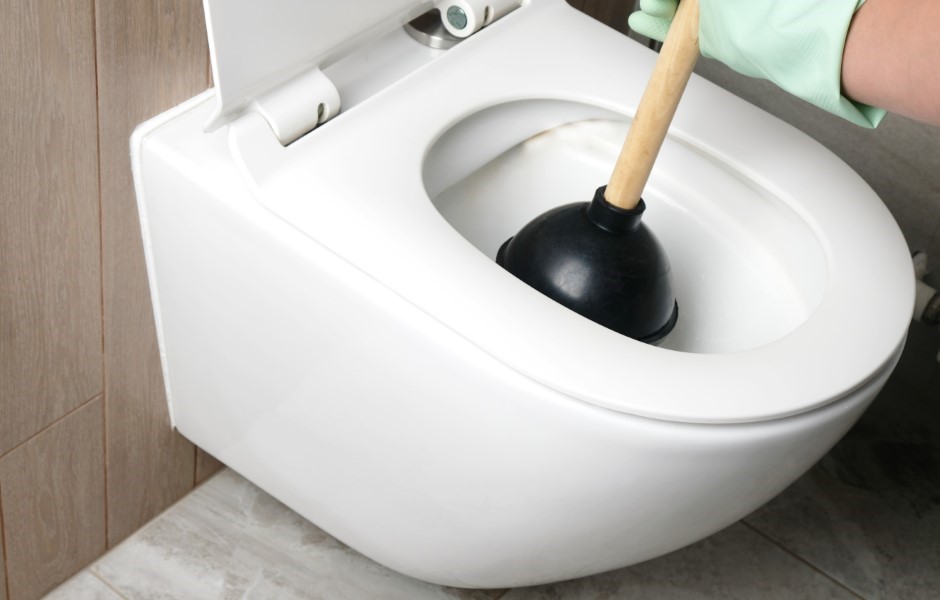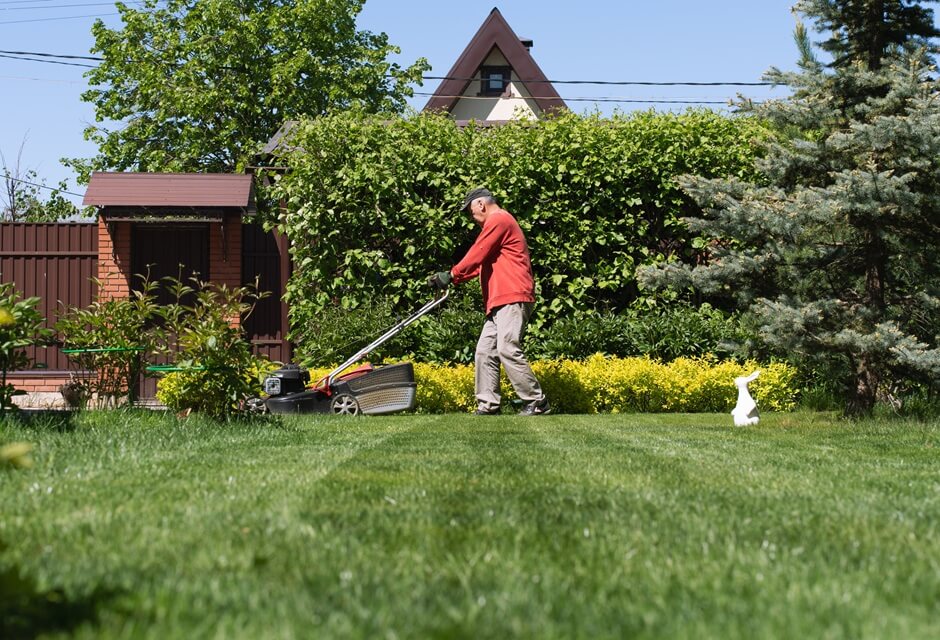
If you have gone to the bathroom only to find your toilet not flushing, know it can be caused by a clogged toilet, low water level, faulty flapper, or others. To fix it, unclog the toilet, adjust the water level in the tank, replace or adjust the flapper, reconnect the chain, and more.
A toilet that refuses to flush is a common household plumbing issue, but it is still one of the most frustrating. Whether the problem is a minor blockage or something more complex, this guide will walk you through the most common reasons and provide steps to get your toilet back in order.
6 Reasons Your Toilet Won't Flush
Knowing the causes that may lead to this issue is the first step in fixing it for good. If your toilet is not flushing all the way or even not flushing at all, it might be due to one of the following common culprits:
- clogged toilet;
- low water level;
- faulty flapper;
- disconnected chain;
- clogged rim jets; and
- faulty fill valve.
Now that you know what might be causing you to have a faulty toilet flush, read how to make a toilet flush normally again in the following section. Find out which steps you will need to take based on the reason for the problem!
How To Fix A Toilet That Won't Flush?
When your toilet is flushing slowly, you can try to unclog the toilet with a plunger or a plumbing snake, adjust the water level in the tank, replace or adjust the flapper, reconnect the chain, clean the rim jets, fix or replace the fill valve. Read more below!
1. Unclog The Toilet
You have just learned that a common reason a toilet won't flush is a clog in the drain. Use a plunger to create suction and force the blockage through, or try a toilet auger for deeper clogs. If these methods do not work, you may need to call a plumber.
2. Adjust The Water Level In The Tank
The water level in the tank must be high enough to generate a powerful flush. If it is too low, check the fill valve and adjust the float so the water level sits about an inch below the overflow tube for optimal flushing performance.
3. Replace Or Adjust The Flapper
The flapper is the rubber seal at the bottom of the tank that releases water when you flush. When damaged or not sealed properly, water leaks into the bowl, weakening the flush. Replace the flapper if it is worn, or adjust the chain to ensure it opens fully.
4. Reconnect Or Replace The Chain
The chain connects the toilet handle to the flapper. If disconnected or too loose, the flapper won't lift when you flush, resulting in a weak or non-existent flush. Reconnect the chain, and if necessary, shorten it slightly so there is just enough slack for the flapper to open fully.
5. Clean The Rim Jets
Over time, mineral deposits can clog the rim jets (small holes under the toilet bowl rim that release water during a flush), reducing the water flow. Use a small brush or a vinegar solution to clean the jets and restore proper water pressure.
6. Fix Or Replace The Fill Valve
The fill valve controls the water level in the toilet tank. A faulty fill valve may lead the tank not to fill up correctly. You can try adjusting it, but if the problem persists, replacing the fill valve is a simple, affordable fix to ensure your toilet flushes efficiently.
Understanding why your toilet is not flushing and how to fix the problem can save you time, money, and frustration. With Wisercosts plumbers, your toilet will be fixed and ready to be used again in no time!
You may also like to read:
Floor Heating Systems: What Are They And How Do They Work?
A Guide To Handle Double Sink Plumbing
The Ultimate Checklist For Fall Yard Clean-Up
 Let a plumber give you an estimate on your project
Let a plumber give you an estimate on your project





 Member of the
Member of the